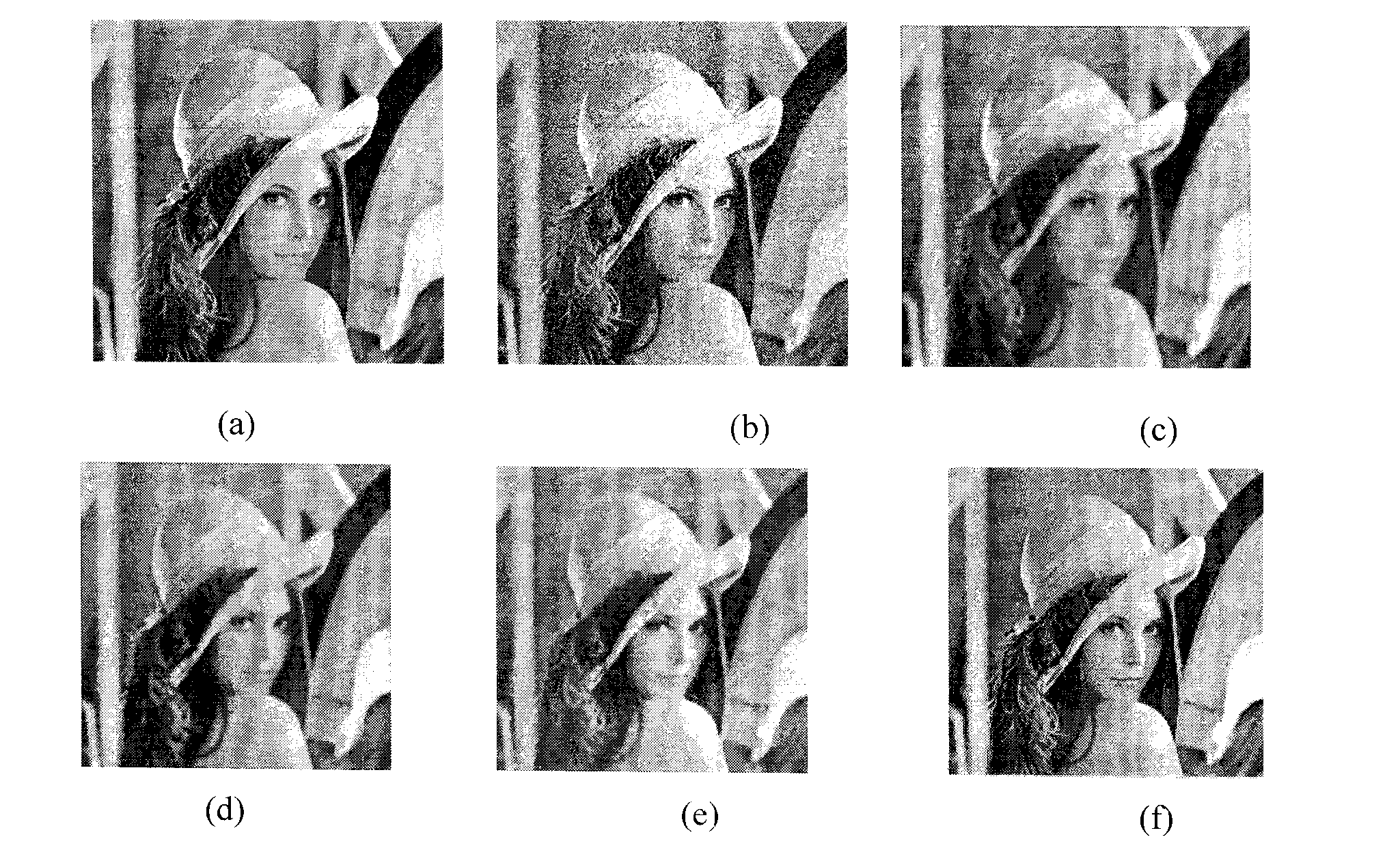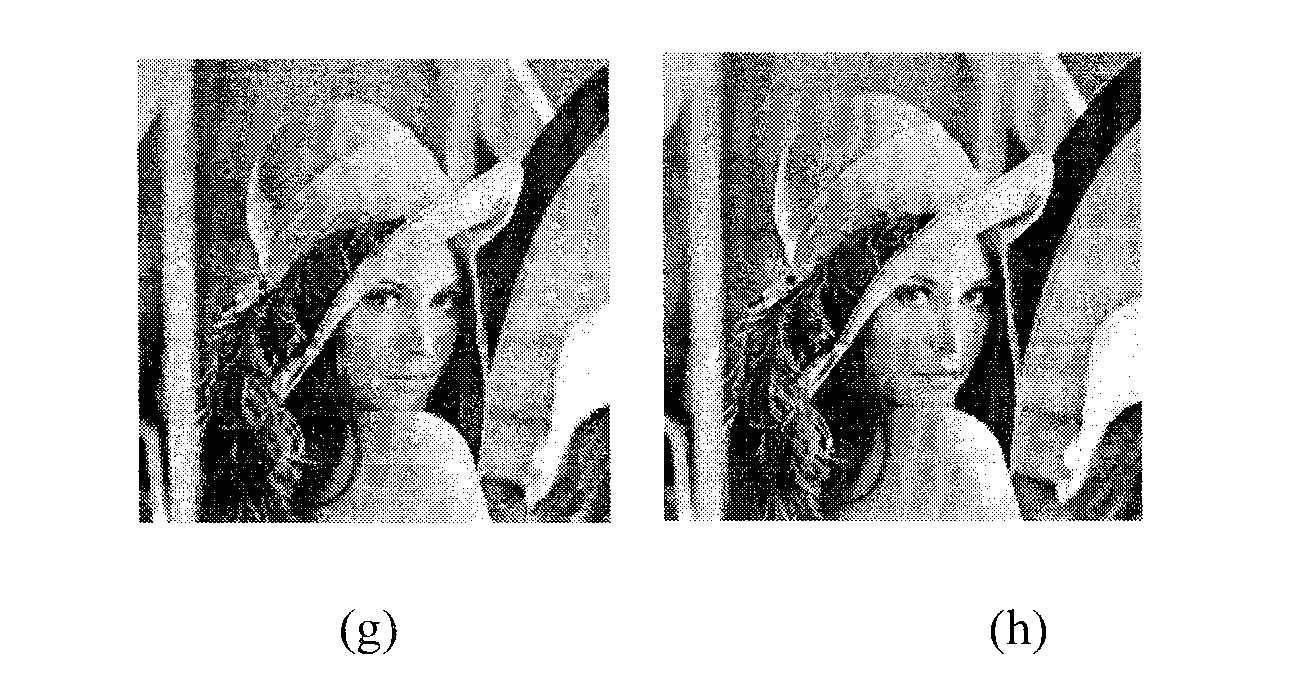Fractal-wavelet self-adaptive image denoising method based on multivariate statistic model
A multivariate statistical model and wavelet adaptive technology, applied in the field of image processing, can solve problems such as instability and pathology
- Summary
- Abstract
- Description
- Claims
- Application Information
AI Technical Summary
Problems solved by technology
Method used
Image
Examples
Embodiment Construction
[0061] The present invention will be described in detail below in conjunction with specific embodiments.
[0062] 1 Fractal wavelet transform denoising
[0063] Fractal Wavelet Transforms (FWT) is introduced in the process of fractal image compression to reduce block effects and computational complexity [25-29] . Fractal wavelet transform operations involve scaling and copying subtrees of wavelet coefficients to lower subtrees, exactly analogous to how fractal image coders operate in the spatial domain. The essence of fractal wavelet denoising is to predict the fractal coding of the noise-free image from the noise image.
[0064] 1.1 Introduction to Fractal Wavelet Transform Image Coding
[0065] The discrete wavelet transform (DWT) coefficients of a two-dimensional signal (image) are a standard matrix array. Assuming that the two-dimensional wavelet basis functions are constructed by a suitable tensor product of the one-dimensional scaling function and the wavelet functio...
PUM
 Login to View More
Login to View More Abstract
Description
Claims
Application Information
 Login to View More
Login to View More - R&D
- Intellectual Property
- Life Sciences
- Materials
- Tech Scout
- Unparalleled Data Quality
- Higher Quality Content
- 60% Fewer Hallucinations
Browse by: Latest US Patents, China's latest patents, Technical Efficacy Thesaurus, Application Domain, Technology Topic, Popular Technical Reports.
© 2025 PatSnap. All rights reserved.Legal|Privacy policy|Modern Slavery Act Transparency Statement|Sitemap|About US| Contact US: help@patsnap.com



